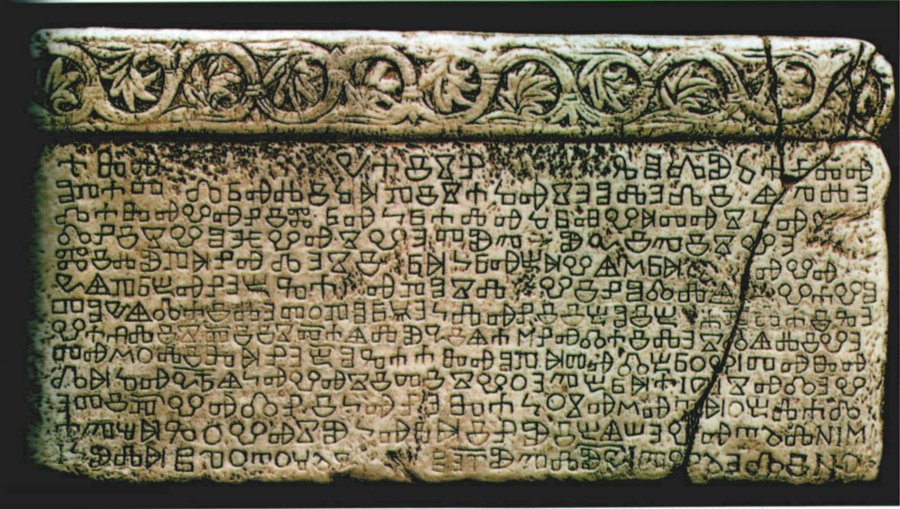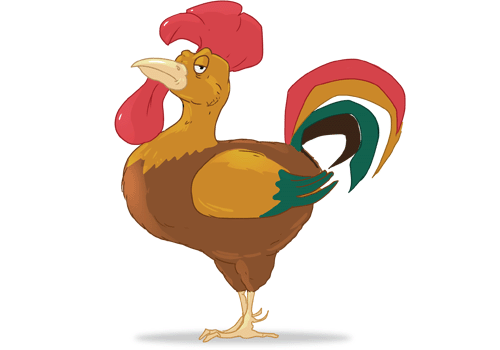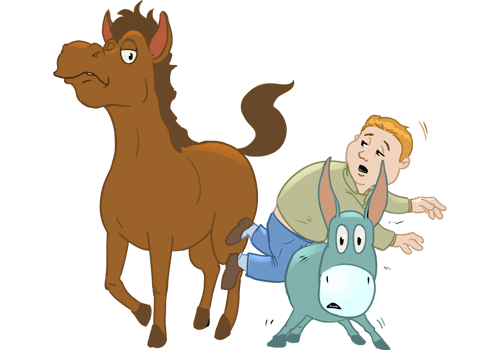Croatian
Hrvatski jezik
Hrvatski jezik
4.4 million
Croatia, Bosnia and Herzegovina, Serbia (one of the 7 official languages of Vojvodina), EU
Montenegro, Hungary, Austria, Italy, Romania
Germany, Sweden, France and other Western EU countries, Argentina, USA, Canada, Australia, New Zealand


Croatian is very close to Serbian, Bosnian and Montenegrin. Croatian developed as a literary language from the 15th century in many local variants and it acquired its current form (with few differences) in the 19th century.
In the 19th century, there was a strong movement for a common South Slavic language. Because of its influence, very similar standard languages were devised for Serbian and Croatian, and because of this, many people for most of the 20th century assumed that there is only one language, Serbo-Croatian (or Croato-Serbian). Other people thought that there are two separate languages (Croatian and Serbian). Montenegrin, because of its intellectual vocabulary and specialized lexicon, can be considered as a variant of Serbian, although it has many distinguishing characteristics. It is difficult to say what standard Bosnian is, but it is certain that it has a position between Serbian and Croatian and has several variants; it is also closest to Montenegrin. Nonetheless, speakers of the four languages communicate with each other without interpreters. The major differences appear in the specialized vocabulary of almost every field. Croatians and Serbians can barely understand each other when talking about mathematics, biology, law or even cooking, if they haven’t learned the vocabulary of the other side. It should also be noted that there are other differences in writing as well. Serbian and Montenegrin can be written both with the Latin and the Cyrillic alphabets, while Croatian and Bosnian are written only with the Latin alphabet.
Slavic languages are divided into three subgroups: West Slavic (Polish, Czech, Slovak, Sorbian, Kashub, Slovincian), East Slavic (Ukrainian, Belarusian, Russian and Rusyn) and South Slavic (Slovene, Croatian, Serbian, Montenegrin, Bosnian, Macedonian and Bulgarian).
The Baška tablet (Baščanska ploča) dating approximately from the year 1100

The Croatian language territory is divided into three dialect areas: Shtokavian, Kajkavian and Chakavian. Literature was developed in all dialects, but mostly in Shtokavian, which was used as the basis for the creation of the standard language.
Croatian is written with the Latin alphabet, although in the beginning of the Croatian duchies, it was written with the Glagolitic alphabet, created specially for Slavic languages, or with the so-called Western Cyrillic (bosančica). For some time, the three scripts were used at the same time in different regions, but sometimes also in the same region. In the end, only the Latin script remained. The current orthography is phonetic, i.e. the same letter is always read the same way. There are 27 letters: the basic Latin letters without x, y and q, with the addition of č, ć, đ, š and ž. There are three more phonemes written with two letters, lj, nj and dž.
Reading a Croatian text is therefore very easy. The only problem is the stress, because any syllable (except the last one) can be stressed, although incorrect stress can rarely completely change the meaning of a word. This is, however, not true for the pitch accent (there are four different pitch accents, similar to the tones of Chinese: two falling and two raising, and each of them can be long or short). For example, the sentence “Gore gore gore gore” has four seemingly identical words, but because of the various pitch accents, they have four different meanings: “At the top, mountains burn worse.”
Generally, it can be said that the grammar of Croatian, like the grammar of all Slavic languages, is very complex. There are two numbers (singular and plural), each of them has seven cases (nominative, genitive, dative, accusative, vocative, locative and instrumental), and all of this has to be combined with three genders (masculine, feminine and neuter); in order to know the form of a noun, one must then consider seven cases, two numbers and three genders, so theoretically there are 42 possible forms. The verbs have seven tenses (present, future I, future II, imperfect/aorist, perfect and pluperfect) and two numbers (singular and plural). There are three persons (in the singular: I, you, he/she/it; in the plural: we, you, they). Verbs also have two aspects (perfective and imperfective), and the aspect of each verb must be learned, because it changes the conjugation pattern that will be chosen: for example skočiti (“to jump”) and skakati (“to jump repeteadly”).
Additionally, many frequent verbs are irregular and have their own endings. There are also particularities concerning sound changes within words (assibilation, palatalization, etc.). Like nouns, adjectives and pronouns are complex as well. Adjectives can also be definite or indefinite.
Examples of verb conjugation:
| Singular | Plural | |
|---|---|---|
| 1st person |
idem
I go |
idemo
we go |
| 2nd person |
ideš
you go |
idete
you go |
| 3rd person |
ide
he/she goes |
idu
they go |
| Singular | Plural | |
|---|---|---|
| 1st person |
pođoh
I went |
pođosmo
we went |
| 2nd person |
pođe
you went |
pođoste
you went |
| 3rd person |
pođe
he/she went |
pođoše
they went |
| Singular | Plural | |
|---|---|---|
| 1st person |
išao sam
I went – male išla sam I went – female |
išli smo
we went – male išle smo we went – female |
| 2nd person |
išao si /išla si
you went – male/female |
išli ste/išle ste
you went – male/female |
| 3rd person |
išao je/išla je
he went/she went |
išli su/išle su
they went – male/female |
There is also a pluperfect as well as two future tenses (I and II).
| Singular | Plural | |
|---|---|---|
| Nominative |
stol
table |
stolovi
tables |
| Genitive |
stola
of the table |
stolova
of tables |
| Dative |
stolu
to the table |
stolovima
to tables |
| Accusative |
stol
table |
stolove
tables |
| Vocative |
stole
table! |
stolovi
tables! |
| Locative |
o stolu
about the table |
o stolovima
about tables |
| Instrumental |
stolom
with a table |
stolovima
with tables |
Every noun has a gender (masculine, feminine, neuter). The example above shows a masculine noun. Feminine and neuter nouns have different endings. When a noun is learned, its gender must be learned as well (as in German).
Croatian uses the consonant R as a vowel in some words, for example smrt (“death”), krv (“blood”), brv (“little bridge”), etc. There are words with 5 or 6 consecutive consonants without a vowel, such as smrtno (“mortal”), stvrdnuti (“to harden”)…
In Croatian, there are actually 31 phonemes, because a diphthong (pronounced ie or iē) is written je or ije.








